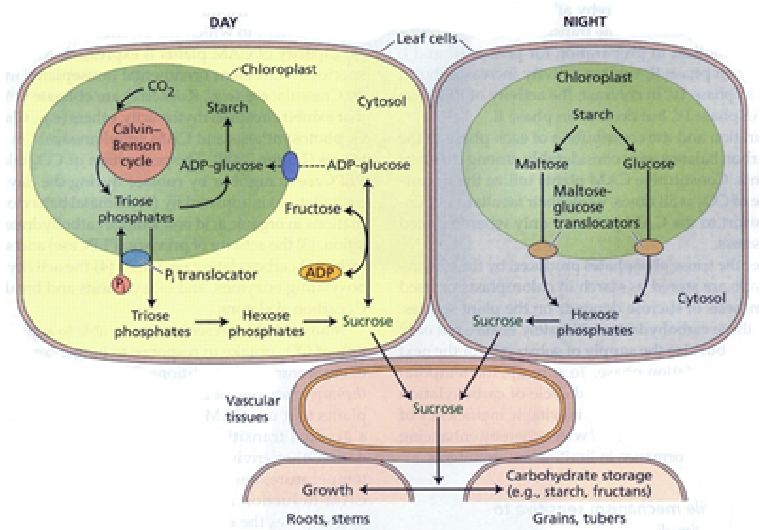Monthly Archives: March 2014
49.HOW IS THE SPEED OF WIND MEASURED?
On a windy day, it may seem to you that the wind is moving at tremendous speed. Then you hear the weather report and it says, “Winds of 10 to 15 miles per hour.” It’s easy for us to be fooled about the speed of the wind. But the exact wind speed is important to many people, so there are scientific ways of measuring the wind.
48.HOW DO PLANTS TAKE IN THEIR FOOD?
We must not forget that plants are living things. They eat, drink, and breathe, and without plenty of good food, they die. With the exception of two classes of plants, all plants manufacture their own food. Let’s see how they go about doing this.
The marvelous substance called chlorophyll in the cells of the leaves and often in the stem and flowers helps the living tissue of the plant to absorb the energy from sunlight. This energy transforms dead (inorganic) chemicals into life-giving (organic) chemicals. The name for this truly amazing process is photosynthesis.
47.WHY IS THERE FOG OVER LAKES?
Fog, dew, and clouds are all related. In fact, just one change in the conditions—such as the presence or absence of air currents—could make the difference as to whether there will be fog, dew, or clouds. Let’s see why this is so, and why fogs appear in certain places.
Fog particles are small, less than 0.001 millimeters in diameter. When you have a dense fog and can’t see in front of you, it’s because there may be as many as 1,227 of these particles in one cubic centimeter.




